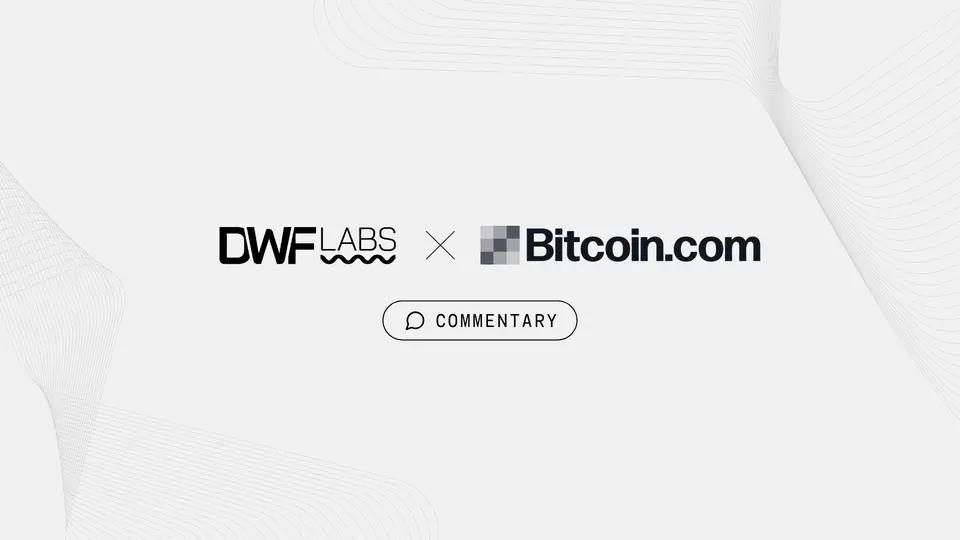In a recent article by Bitcoin.com, Andrei Grachev, Managing Partner at DWF Labs, shared his insights on the exponential growth of stablecoins, their impact on the global traditional finance and crypto ecosystem, and the associated risks that require proactive mitigation. Grachev also highlighted solutions to ensure sustainable adoption of stablecoins.
Stablecoin Adoption: A Game-Changer with Growing Risks
Stablecoins have emerged as one of the most significant financial innovations in the crypto and Web3 ecosystem in recent years. According to a Bitwise report, stablecoin transaction volumes surpassed those of Visa in 2024, with total volumes reaching $14 trillion, double the $7 trillion recorded in 2023.
Grachev noted that stablecoins, particularly in Decentralised Finance (DeFi), provide a reliable medium of exchange and unit of measurement, enabling a wide range of financial activities. However, this growth comes with significant challenges, especially in terms of redemption pressure and reserve management.
Grachev highlighted two critical risks associated with stablecoins:
1. Redemption Pressure:
Stablecoins, especially algorithmic or undercollateralised ones, are vulnerable to mass redemptions triggered by fear of depegging.
‘Imagine what happens if users try to exit en masse because they fear a de-peg. This could destabilise issuers and trigger broader market volatility, especially with algorithmic or undercollateralised stablecoins.’ Grachev warned.
2. Reserve Management:
Insufficient or opaque reserves undermine trust in stablecoins, making it difficult to ensure stability during periods of market stress. Grachev noted the importance of transparent and strategic reserve practices to mitigate these risks.
A Multi-Pronged Approach to Stability
To address these risks, Grachev proposed several solutions:
- Real-time Proof-of-Reserves: Stablecoin issuers can prioritise on-chain transparency of reserves, backed by secure assets like short-duration U.S. Treasuries or central bank reserves.
- Regulatory oversight: Regulation is essential to ensure fund segregation, transparent governance, and regular audits of smart contracts.
- Risk management mechanisms: Protocols can implement features like automated circuit breakers (to prevent issues in electrical circuits) and redemption throttling (to prevent rapid destabilisation) during stressed periods.
Balancing Privacy and Compliance in Regulatory Frameworks
Grachev also discussed the tension between user privacy and compliance in stablecoin regulation. He emphasised the need for programmable identity verification and transaction tracing that respects user privacy while ensuring compliance with global standards.
‘How do you establish norms for programmable identity verification and transaction tracing without trampling on user rights? Getting this balance right will be crucial for widespread adoption,’ Grachev said.
He further noted that international coordination, led by organisations like the Bank for International Settlements (BIS) and the International Monetary Fund (IMF), will play a key role in shaping cross-border payment standards and regulatory frameworks.
The Future of Stablecoins
Andrei Grachev remains optimistic about the future of stablecoins, despite the challenges. He believes that regulatory clarity, combined with technological innovation, will support a more sustainable global adoption of stablecoin technology across the Web3 industry.
At DWF Labs, we are backing Falcon Finance, the next-generation synthetic dollar protocol, designed to provide sustainable and competitive yield generation in all market conditions. This support of Falcon Finance is part of our commitment to supporting and backing sustainable on-chain yield infrastructure to unlock real utility in synthetic dollar protocols.
Read Andrei’s full interview with Bitcoin.com here.



